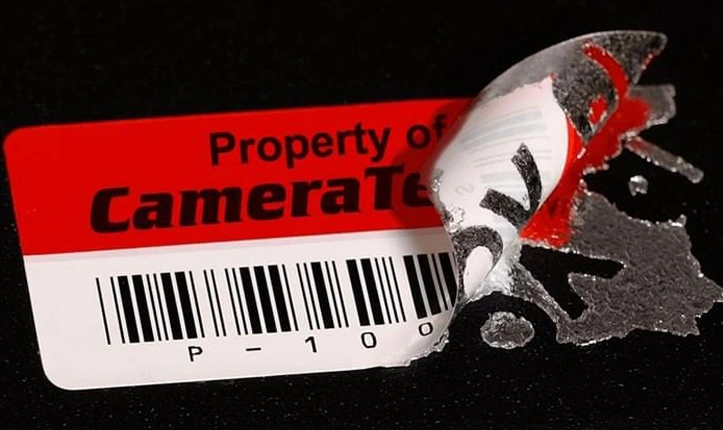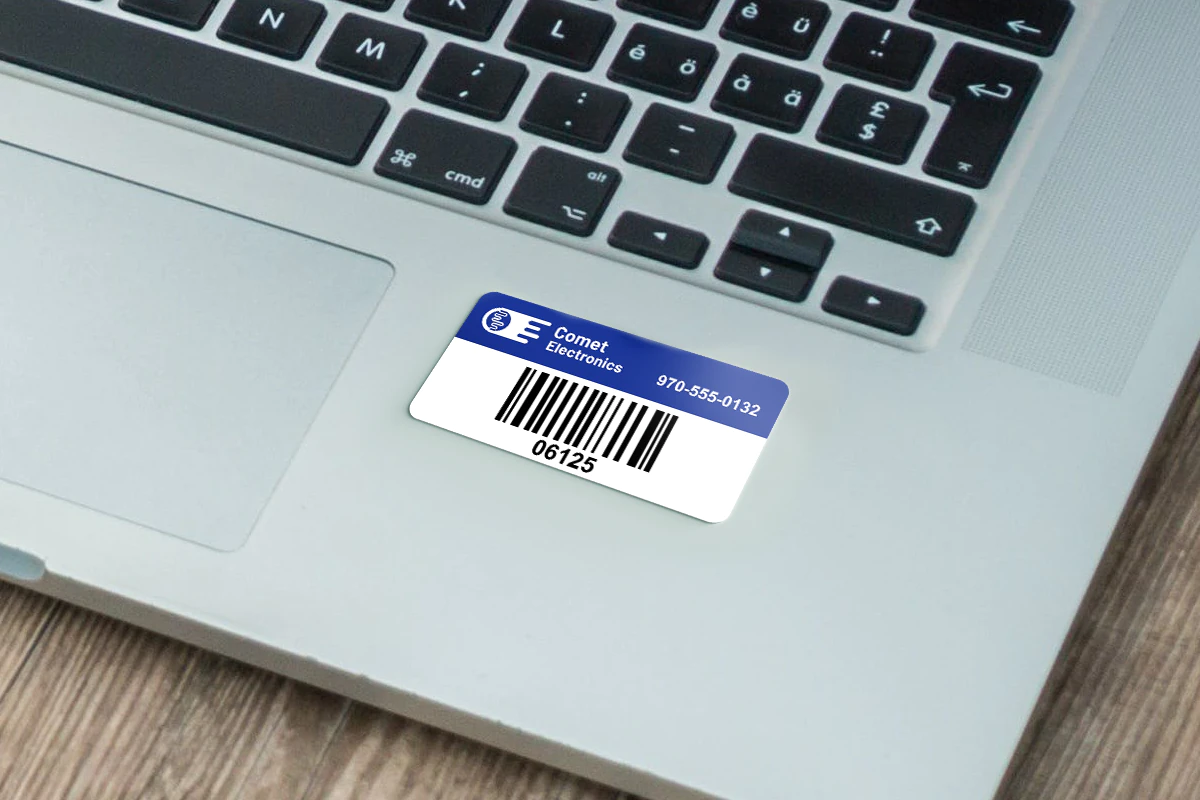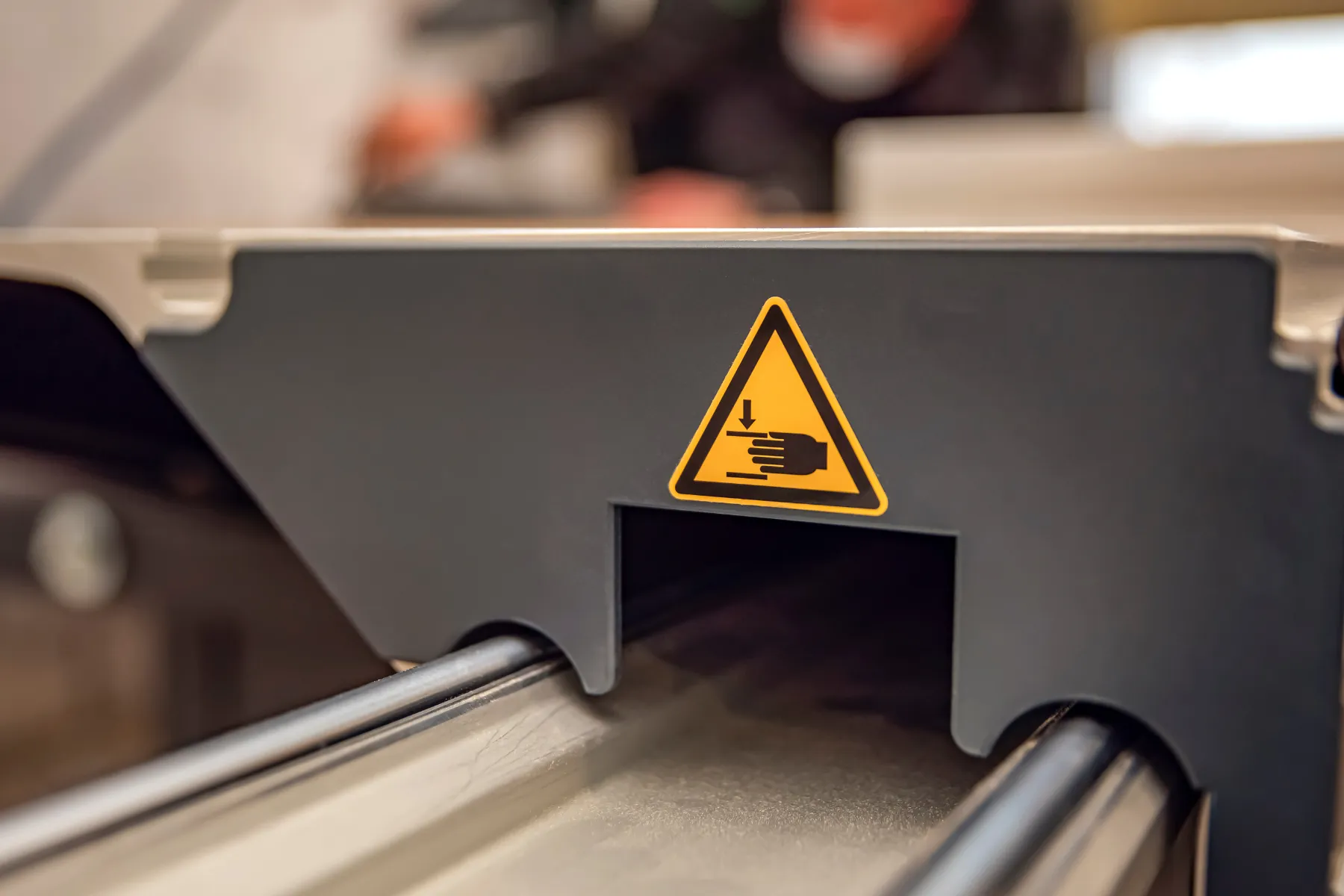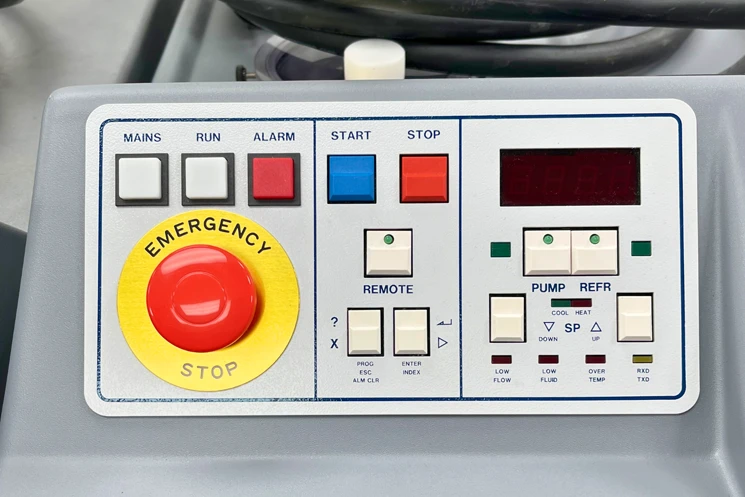If your barcode asset tag is damaged, it can disrupt tracking, inventory, and compliance processes. The best solution depends on how severe the damage is.
If the barcode is still somewhat readable, you might be able to retrieve the data manually. If not, you’ll need a replacement strategy to ensure continued accuracy and security.
Step 1: Assess the Damage
Before replacing the barcode, determine how badly it’s damaged:
- Minor Damage: The barcode has scratches or smudges but is still partially readable.
- Moderate Damage: The scanner struggles to read it consistently, requiring multiple attempts.
- Severe Damage: The barcode is completely unreadable or missing.
For minor cases, you may be able to clean the barcode or adjust scanner settings. For moderate to severe cases, replacement is usually necessary.
Step 2: Try Alternative Scanning Methods
If the barcode isn’t scanning properly, try these quick fixes:
- Manually Enter the Barcode Number – If the tag still has visible digits, enter them into your system.
- Use a Different Scanner – Some barcode readers handle faded or worn barcodes better than others.
- Adjust Scanner Settings – Increase the contrast sensitivity to detect faded lines.
If none of these solutions work, it’s time to replace the asset tag.

Step 3: Replace the Barcode Without Losing Data
You don’t need to create a brand-new asset record—just generate a new barcode linked to the same asset ID. Here’s how:
- Reprint a New Barcode Label – Use your asset tracking software to generate a new barcode linked to the same asset.
- Order a Replacement Asset Tag – If the label is completely damaged, replace it with a durable, high-temperature, or tamper-resistant asset tag. You can order as few as one asset tag from Maverick Label.
Using industrial-grade asset tags ensures the barcode remains readable for years, even in harsh conditions. Need to quickly create a new barcode in Excel? Learn how to use a barcode font for Excel in our step-by-step guide.
Step 4: Prevent Barcode Damage in the Future
To avoid repeating the issue, invest in durable asset tags that resist wear and tear. Here’s what to look for:
✔ Scratch-Resistant Materials – Polycarbonate and anodized aluminum labels withstand friction and impact.
✔ Chemical & Heat Resistance – Industrial environments require labels that resist corrosion and extreme temperatures.
✔ Laminated or Protective Coatings – Helps shield the barcode from fading, smudging, and moisture exposure.
✔ Strategic Placement – Position barcodes where they won’t rub off easily but remain accessible for scanning.
Protect Your Asset Tags for the Long Run
A damaged barcode doesn’t have to mean lost data. Whether you need barcode replacements, tamper-proof labels, or industrial-grade asset tags, choosing the right materials ensures long-term reliability.
Damaged Barcode on an Asset Tag FAQs
If the barcode is only partially damaged, cleaning the surface or adjusting the scanner settings may help. However, if the barcode is severely faded or scratched, replacement is the best option.
Common causes include abrasion, exposure to chemicals, extreme heat or cold, and poor-quality printing. Industrial environments require high-durability asset labels to prevent damage.
Use laminated barcodes, metal asset tags, or protective coatings to shield the barcode. Also, placing the tag in a lower-contact area of the asset reduces exposure to wear.
Yes! RFID tags allow for wireless asset tracking without relying on barcodes. They are ideal for high-heat, high-contact, or outdoor environments.
Yes! Many mobile scanning apps use image-enhancing technology to read faded, scratched, or partially damaged barcodes better than traditional scanners. If a barcode won’t scan, try adjusting lighting, increasing contrast, or using a high-resolution scanner before replacing the tag.



